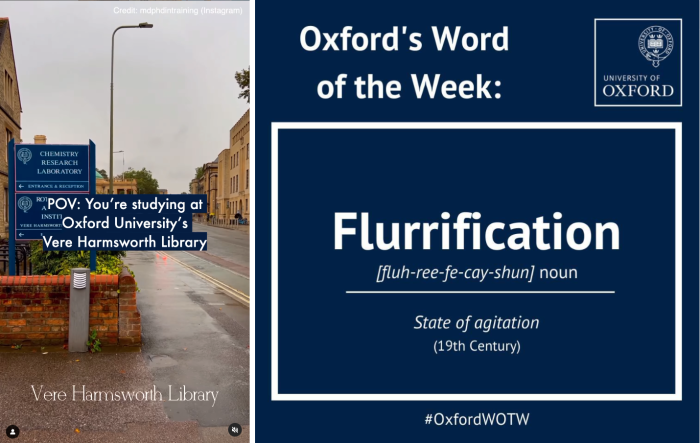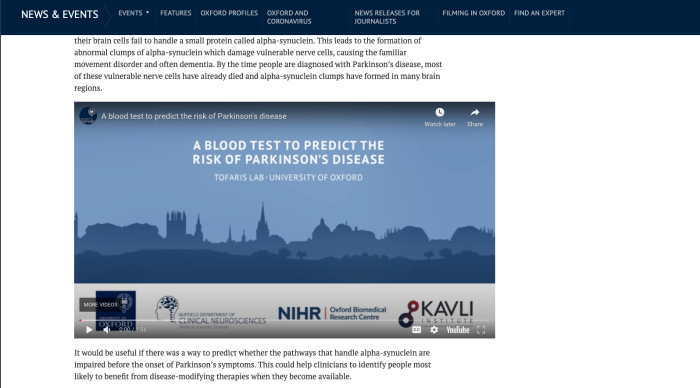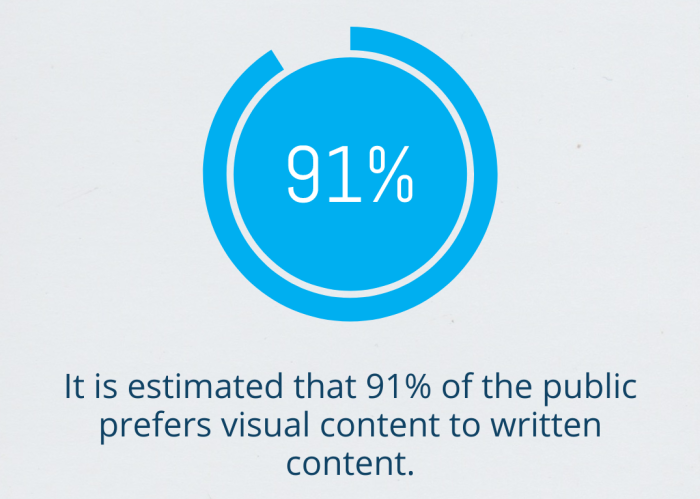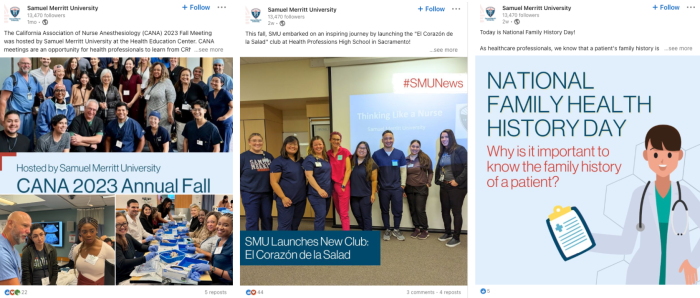As digital media has become more integrated into our daily lives, how we consume information has dramatically shifted, and visual content has become crucial in capturing and retaining audiences’ attention. Younger generations are not only more visually oriented, having grown up in a digital age where visual stimuli are constant, but they also process and respond to visual information more rapidly and effectively than ever before.
In education marketing, this shift presents a new challenge and a unique opportunity for schools to connect with their community more effectively.
Through the strategic use of visual content, schools can enhance their communications and enrich the educational experience for students, engage parents, and build a stronger school identity. But to do all this successfully, schools need to have a robust visual content strategy. Keep reading to learn more about the basics of visual content strategies and discover the various types of visual content that schools should consider.
Pre-Audit Consultation for Schools
Could your school benefit from a digital marketing audit?

What Is a Visual Content Strategy?
A visual content strategy involves a detailed plan to use images, videos, infographics, and other visual media to communicate your message, offering and brand identity effectively. Like visual advertising, visual content should be guided by branding principles and guidelines that speak to your school’s essence and make it easy for your audience to recognize your brand. As with all marketing strategies, a visual content strategy should be guided by specific goals and objectives. In educational institutions, such a strategy is crucial in attracting prospective students, engaging current students and staff, and maintaining a connection with alumni and the community.
Example: Oxford University ensures that all visuals use similar branding elements, from social media posts to visual content embedded in their blog and news articles.


Source: Oxford University
Need help putting a visual content strategy together? Our team of experts at HEM is ready to help you get started. Get in touch with us today.
The Importance of Visual Content in Today’s Digital World
Before visual content gained popularity, visual marketing and design revolved around static imagery and basic graphics. In those earlier stages, the focus was more on printed materials like brochures, posters, and billboards. These traditional forms of advertising played a crucial role in conveying information, but they needed to be more extensive in terms of engagement and interactivity.
Digital graphics have allowed for more sophisticated design possibilities, leading to more visually appealing and complex graphics. Furthermore, the emergence of digital platforms has further transformed visual content, introducing dynamic elements like animations, videos, and, later, interactive content. This has accelerated the demand for more engaging, eye-catching, and shareable visual content. It is estimated that 91% of the public prefers visual content to written content.

Undoubtedly, visual content has become an essential part of all digital marketing strategies. Different factors can further explain this:
- Effectiveness: Images, videos, and infographics engage viewers more effectively than text-only content. This is because the human brain processes visuals much faster than text.
- Efficiency: Visuals can convey complex information quickly, making them more likely to catch and hold the audience’s attention.
- Accessibility: Visual content can break language barriers, convey emotions, and tell stories in ways that resonate universally. Additionally, visual content can make information more accessible to people with difficulty with text-based information, such as those with dyslexia or non-native speakers.
- Social media economy: Social media platforms like Instagram, Pinterest, and TikTok are inherently visual and have changed how brands and individuals create and share content. They have become primary channels for communication, marketing, and information sharing.
- Visibility: Including visuals in content can also boost its search engine visibility. Search engines favour content that provides a good user experience, and visuals can make content more engaging and shareable. This, in turn, can improve SEO rankings.
- Branding: Standout visuals can help individuals, brands, and organizations differentiate themselves and create a unique online presence.
Schools have understood this and have begun to incorporate more and more visual content into their marketing strategies. But if visual content strategies are new to you, you might be wondering how to create a visual content strategy? To develop a successful visual content strategy, start by defining clear objectives and outline your audience’s preferences. Then, select what type of visual content you wish to create. The following section will break down the visual content strategy basics for you.
Start With the Basics
Now that you are ready to create a visual marketing strategy, you should start by covering the basics. To streamline this process, experts have identified seven essential steps all schools and companies should follow in creating a content strategy. So, what are the seven steps in creating a content strategy?
1. Know your target audience and value proposition
Understanding who your audience is and what they value allows you to tailor your content to resonate more effectively with them. Define your personas and look into their preferences, behaviors, and the type of visuals that capture their attention.
2. Determine your objectives
Defining objectives provides a clear direction and helps evaluate your strategy’s effectiveness. Decide what you would like to accomplish with your visual content campaigns. Whether it is brand awareness, program promotion, lead generation, or engagement, make sure also to determine which metrics you will be using to measure success.

3. Examine what your competitors are doing
Analyzing your competitors’ visual content strategies can offer valuable insights. It’s essential to observe what types of content are working for them and why. This analysis can inspire you to innovate and develop a more compelling visual offer.
4. Define your brand identity
Defining your brand identity and creating branding guidelines are essential for maintaining consistency across all your visual content. This includes consistent use of colors, fonts, imagery, and overall design style, ensuring your content is immediately recognizable and associated with your brand.
5. Decide what platforms you would like to be on
Each social media platform and website has its own audience and content preferences. Selecting platforms where your target audience is most active and tailoring your content to fit these platforms’ unique format and style is pivotal. For instance, if you are trying to reach a younger audience, platforms like TikTok and Instagram will be vital in communicating your message, or if you are trying to reach professionals, LinkedIn will be your go-to platform.
6. Determine what kind of content would speak to your audience
Determining the type of content that will speak to your audience is about aligning your visuals with their interests and needs. This might involve a mix of educational content, storytelling, showcasing achievements, or providing insights into your programs and community. While thinking about the kind of content you want to share, you can begin deciding on the form you want your visuals to take. This could be anything from videos and infographics to photos and interactive content.
7. Plan content creation
Finally, planning your content creation process involves deciding who will be responsible for creating the content and how it will be done. For this stage, we recommend creating a content calendar, as in the example below, where deadlines and roles are clearly outlined. If you are working with a student ambassador, include them in the content calendar. This will ensure that content is produced and delivered on time.

Following these steps ensures a well-rounded and effective visual content strategy that resonates with your audience and meets your organizational goals.
Types of Visual Content to Consider
Once you’ve created your visual content marketing strategy, you can spend some time
Schools should consider a diverse range of visual content types to communicate their message and engage their audience effectively:
- Photographs: You can share high-quality images of campus life, classrooms, students, staff, and school events. These can be used on websites, blogs, or social media to give a real-life glimpse into the school environment.
- Videos: School-produced videos can be powerful tools for storytelling and attracting prospective students. This could include virtual school tours, interviews with staff and students, highlights from school events, educational content, or day-in-the-life videos to showcase the school experience. If you are working with a limited budget, you can reuse old videos to create social media short-form videos or collaborate with ambassadors to create authentic short clips.
Infographics: Infographics are helpful in presenting data in an engaging way. Schools can use them to display achievements and statistics (like graduation and employment rates or college admissions) or to explain complex information in a more straightforward form, as seen in the example by Medix College below.

Source: Medix College
- Interactive Content: Interactive campus tours, quizzes, and timelines of your school’s history can uniquely engage your audience. They can also encourage longer engagement times on your school’s digital platforms.
- Social Media Graphics: Custom graphics for social media posts, including announcements, inspirational quotes, event promotions, special celebrations, and student or staff spotlights, can help your social media accounts get noticed. Ensure these align with your school’s branding and are optimized for each platform.
Example: Samuel Merritt University uses consistent branding to promote special events, celebrate important dates, and share school news.

Source: Samuel Merritt University
Mastering the Art of Visual Content Strategy: Final Tips
If you have already mastered the art of creating a successful visual content strategy, remember the following tips. These tips will help you stand out from the crowd!
- If possible, keep it real! Use more pictures of your students and faculty members and fewer stock images. This helps in giving prospective students a more realistic picture of what life at your school is like.
- Platform-specific adaptation: Different social media platforms offer varied features and cater to diverse audiences. It’s crucial to tailor your content according to each platform’s specific strengths and user expectations. For instance, Instagram is highly visual and suits eye-catching images and short videos, while Facebook might be more appropriate for longer videos and detailed posts.
- Consistency is key! You want prospective students to recognize your brand wherever they see it, so make sure your visual content is consistent and aligned with your branding guidelines.
- Balance visuals and text: While visuals are compelling, it’s essential to maintain a balance with text. Visual overloading can be overwhelming, and text provides the necessary context and depth.
- Leverage user-generated content (UGC): Incorporating content created by your students, staff, or school community can be a powerful tool. User-generated content adds a layer of authenticity and relatability, showcasing real experiences and stories from within your school community.
- Accessibility is a must: Ensure your visual content is accessible to everyone, including people with disabilities. Include subtitles in your videos, provide alt text for images, and use clear, easy-to-read fonts. Making your content accessible expands your reach and demonstrates your commitment to inclusivity.
- Optimize your visuals for SERPs: Use relevant keywords in image file names, alt text, and descriptions to improve your SEO, making it easier for prospective students to find your school online.
By implementing these strategies, your school can create compelling, authentic, and accessible visual content that resonates with prospective students and effectively conveys the essence of your educational environment.
Pre-Audit Consultation for Schools
Could your school benefit from a digital marketing audit?
















